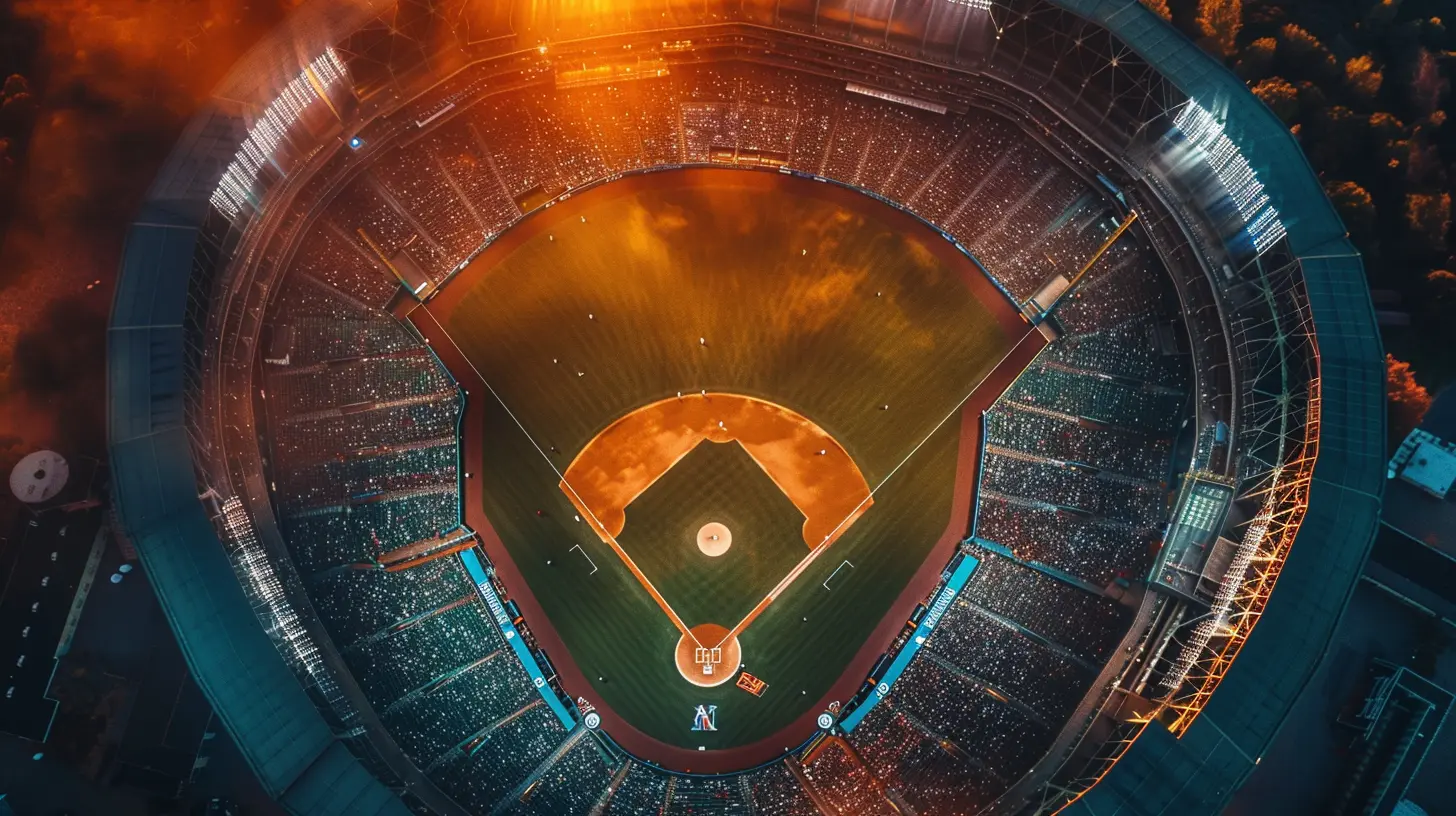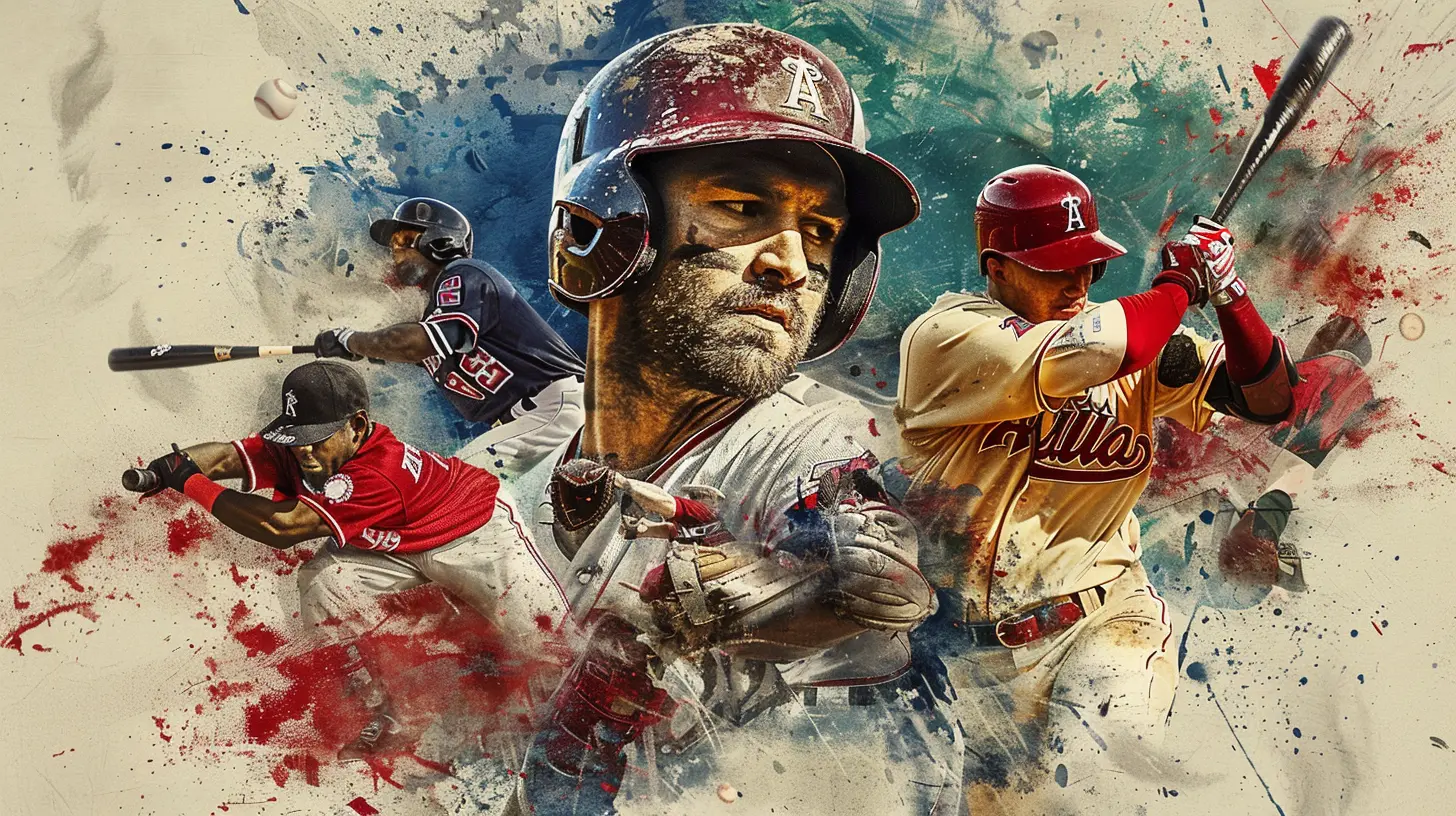The Significance of All-Star Games for Player Legacies
2 September 2025
There’s something magical about All-Star games. The energy, the flair, the jaw-dropping plays — it's like a dream world for sports fans. But beyond the glitz and glamour, have you ever paused to think about what these mid-season spectacles actually mean for the legacies of the athletes who suit up?
Let’s dive headfirst into the world of All-Star games and unpack why they’re more than just highlight reels and celebrity selfies. They’re stepping stones to greatness — and sometimes, even the crown jewels of a player’s career.
What Even Is an All-Star Game?
Alright, before we get too deep, let’s clear up what an All-Star game really is.An All-Star game is a special exhibition match that features the top-performing and most popular players in a league. Think NBA, MLB, NHL, NFL — they all have versions of it. The players are either voted in by fans, coaches, or selected based on merit. It’s like the Oscars night of sports: the best of the best showing off under one big spotlight.
But unlike the Oscars, there’s no red carpet — just dunks, touchdowns, slapshots, and home runs.
Not Just a Game – A Celebrated Stage
Let’s be real. Who wouldn’t want to be called an All-Star? It’s the ultimate pat on the back — “Hey, you’re one of the best in the world at what you do.”For players, it’s not just about showing off for one night. It’s about recognition. Validation. Legacy.
Whether it’s LeBron James racking up career All-Star appearances or Mike Trout consistently dominating in the MLB’s Midsummer Classic, All-Star selections create a narrative. And, yep, that narrative matters when we talk about greatness.
Building a Legacy – One All-Star Nod at a Time
Now here’s the big question: how do All-Star games impact a player’s legacy?Picture this: Two athletes with similar stats. Both incredible. Both champions. But one has 10 All-Star selections. The other? Just 2.
Who do you think sports historians — and let’s be honest, fans and Hall of Fame voters — are going to remember better?
All-Star appearances are like stars on a general’s shoulder — they don’t tell the whole story, but they sure catch your eye.
Let’s break down why they matter.
1. They Measure Consistency
Getting selected once? Impressive. Getting selected year after year? That screams consistency.All-Star games capture not just moments of greatness, but sustained dominance. If a player is making the cut every season, it’s a clear message — they’re not just having a lucky season. They’re just that good.
And let’s not forget, consistency is king when building a legacy.
2. They Reflect Popularity and Fan Love
Here’s a fun twist — some All-Star selections are fan-voted. That means fans literally have the power to write a piece of a player’s legacy.Love from the crowd matters. Being a fan favorite opens doors, garners endorsements, and creates everlasting memories. A player might not always have the best stats, but if they connect with the crowd? Boom. All-Star.
And years down the road, when we talk about legends like Allen Iverson or Ken Griffey Jr., it wasn’t just their numbers — it was the way they made us feel that cements their place in our hearts.
3. All-Star MVP = Resume Booster
Winning the MVP of an All-Star game? Oh, now we’re talking legacy gold.These moments are basically sports folklore. Kobe’s All-Star MVPs, Shaq’s dominance, Giannis taking over — these performances become highlight reels that shape how we remember the player.
It’s legacy fuel. Pure and simple.
4. Stats May Fade, But Moments Live Forever
Think about it: Do you remember Dwight Howard’s career free throw percentage? Probably not.But what about his Superman dunk in the 2008 NBA All-Star Slam Dunk Contest? Bet that’s burned into your memory.
All-Star games are curated for unforgettable moments. And when a player gives us one of those — a game-winning three, a behind-the-back assist in a clutch moment, or a dazzling touchdown bomb — it sticks.
Legacy? That’s built on memories, not spreadsheets.
Hall of Fame? All-Star Appearances Count.
Let’s get serious for a sec.When it’s time to evaluate players for the Hall of Fame, guess what’s always part of the resume? Yup — All-Star appearances.
It’s like applying for your dream job and having a portfolio full of gold stars. It says you were among the best, and not just once, but often enough to matter.
Players from past eras — think Charles Barkley, Derek Jeter, Wayne Gretzky — they all racked up All-Star nods. It wasn’t just about stats or rings. It was about being recognized.
And when you’re being judged against the greatest ever? Those All-Star selections are your glowing recommendations.
The Emotional Side of It
We can toss around stats all day, but let’s talk heart.For many players, that first All-Star nod is the dream coming true. For their families, their communities, and their inner circle — it’s validation of every late-night practice and every early morning on the grind.
You see players get choked up talking about their first All-Star game — it means something. Beyond the money, beyond the fame, it’s a symbol: “You belong.”
That's powerful. And yes, it becomes part of their story. Part of their legacy.
All-Star Games: A Launchpad for Young Stars
If you’re a rookie or a budding star, getting into the All-Star game is like being handed a mic in front of a sold-out concert. What are you going to do with it?Some players use it as a coming-out party.
Think about when Luka Dončić began showing up in NBA All-Star Games — fans started realizing, “This kid’s the future.” Or when Patrick Mahomes dazzled the world during Pro Bowls early in his career.
All-Star games are the perfect stage to make a statement: “I’m not just good. I’m great — and I’m here to stay.”
A Place for Legends to Shine — One Last Time
There’s a bittersweet side too.All-Star games often serve as a farewell tour for aging legends. One last nod from fans. One final bow on the big stage.
Remember when Dirk Nowitzki and Dwyane Wade got honorary spots in the NBA All-Star Game? Chills. Straight-up chills.
It’s a way of saying, “Thank you for everything.” And that kind of send-off? Priceless for a player’s legacy.
Criticisms? Sure. But They Don’t Outweigh the Impact.
Alright, let’s address the elephant in the room.Some folks think All-Star games are, well... kinda meaningless. No defense. No intensity. Just a glorified scrimmage.
But here’s the thing — even with the lack of competitive edge sometimes, the event still holds weight. Because it's not just about the game. It’s the honor. The selection. The legacy.
Yes, the games can be goofy. But the impact? It’s serious business.
The Social Media Factor: Legacy 2.0
In today’s sports world, legacy isn’t built just on what happens on the court or field — it’s what happens online.All-Star games explode on social media. One crazy play, and it’s content gold. Millions of eyeballs, instant shares, viral fame.
Modern athletes know that. A killer All-Star performance can blow up their brand overnight, adding a whole new layer to their legacy.
And when that legacy is part performance, part persona? All-Star games are the perfect storm.
The Final Whistle: Why It All Matters
So, to wrap it all up — All-Star games aren’t just exhibitions. They’re pivotal moments in the story of an athlete’s career.From young guns making their first splash, to veterans taking a final bow, every All-Star nod adds a brushstroke to the masterpiece of a player’s legacy.
They say legacy is what you leave behind. And while championships, stats, and accolades matter, so do the moments when the world stops to say — “Look at this star.”
And honestly? That’s exactly what an All-Star game does. It helps us remember, celebrate, and immortalize greatness.
all images in this post were generated using AI tools
Category:
All Star GamesAuthor:

Uziel Franco
Discussion
rate this article
1 comments
Kyle Morgan
All-Stars: Glitz, glam, glory!
September 17, 2025 at 12:39 PM

Uziel Franco
Thank you! All-Star games indeed play a crucial role in shaping player legacies through recognition and memorable moments.


